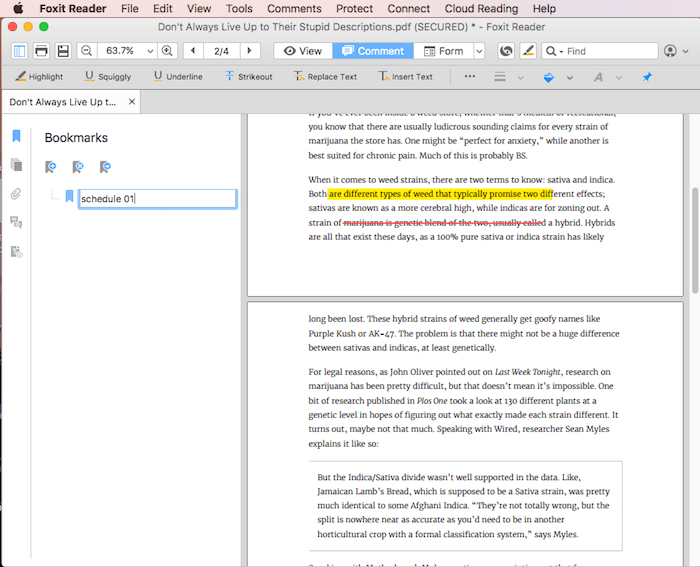
For another, by putting the information on GitHub in an open, text-based format, civic hackers and subject-matter experts can begin treating that data like open source code - forking, merging, diffing, tracking changes over time - and all of a sudden we’ve opened up not just the data, but the entire collaborative ecosystem that now surrounds it. Why’s this is importantįor one, you’re liberating public geodata that would otherwise be inaccessible to the average citizen and making it available in a dumb-simple point, click, zoom interface that anyone can use. Note: The same process should work for KML files as well, replacing. Need to convert multiple Shapefiles in bulk? Just use this bulk Shapefile to GeoJSON conversion script. It stores shape definitions, as well as font. In addition to converting the Shapefile over to GeoJSON, the other step in there, -t_srs crs:84, ensures that by the time the data hits GitHub, it’s encoded with the right projection so it can be mapped properly. An SHX file contains a shape or font compiled by Autodesk AutoCAD from an.

#Shape file reader for mac install#
Install gdal with the command: $ brew install gdal.If you don’t already have it, install Homebrew by opening up terminal and running: $ ruby -e "$(curl -fsSL )".If you’ve got a Mac, it only takes a few seconds
#Shape file reader for mac software#
Luckily, a strangely named piece of open source software known as ogr2ogr can convert the data into the more modern, more open GeoJSON format that GitHub supports, and the resulting map can be automatically rendered, not to mention more easily diffed. The only problem was that the data was stored in a proprietary and complex format known as a Shapefile which arose in an age when the desktop ruled supreme and requires a costly software subscription for many common uses. They have all sorts of great information, from bus routes to polling places, to the location of every liquor license in DC.


With GitHub natively supporting mapping and embeds, I recently wanted to put some of the free, publicly available government data published on data.dc.gov to use.


 0 kommentar(er)
0 kommentar(er)
